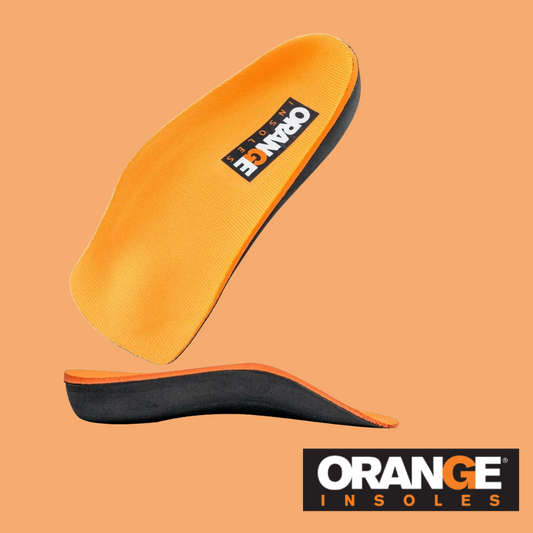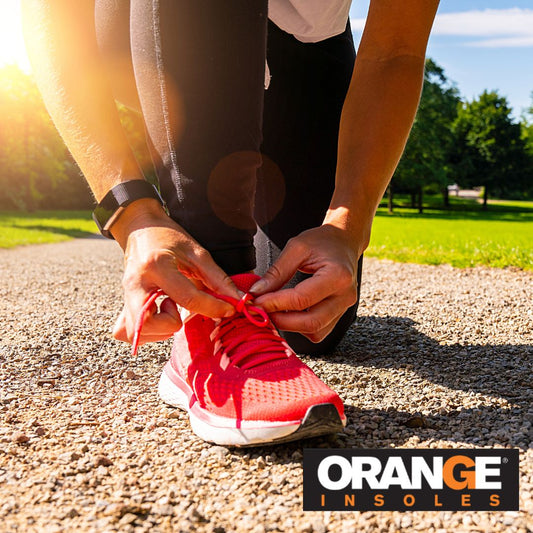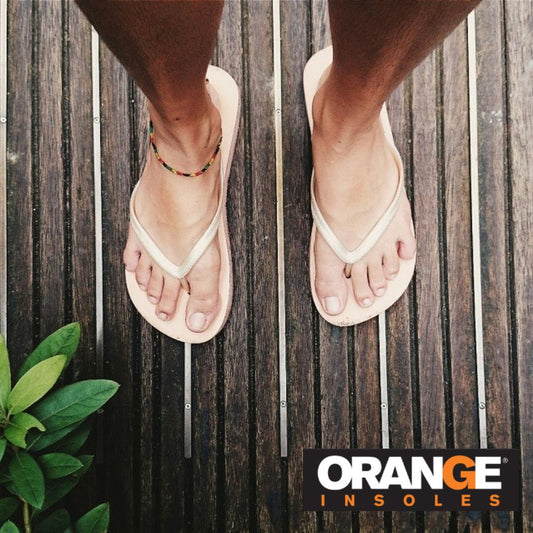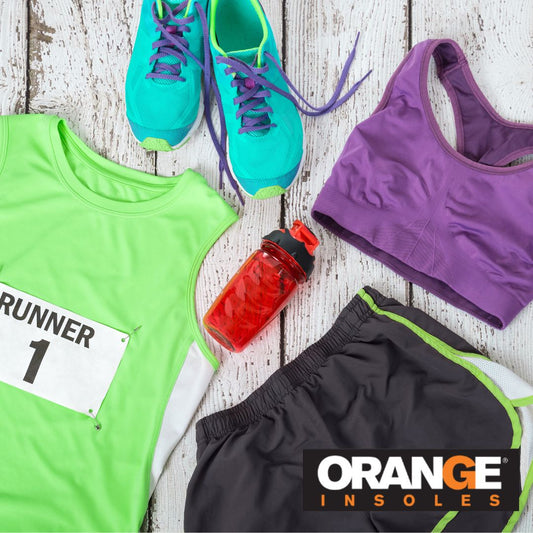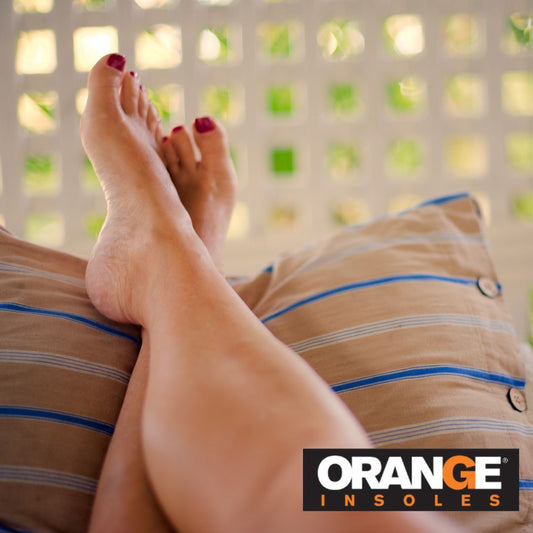When it comes to insoles, there's a lot of misinformation out there. From why you should wear them to show they should feel, if you're not educated on the type of insole you should wear, you could do more harm than good.
Insoles can be great for people who are on their feet all day or people that need to address lower back problems (yes, insoles can help with lower back pain) but they need to be worn correctly.
So what's true and what's not? Let's look at some of the most popular information(and misinformation) out there and get the lowdown on insoles right here.
Insoles will make your feet feel better right away.
True AND False. This one really just depends on the person. A large percentage of people will experience relief right away when compared to the struggle of walking without the right support.
But, some people might actually even be a little uncomfortable at first.
Think about it. The purpose of an insole is to reshape and realign your feet to their proper anatomical position. They do this by applying pressure to specific areas and moving them into their correct positions. Your muscles, tendons and bones will all need to work together to move back to their proper shape. This isn't going to be a comfortable process.
But, when you consider the types of problems misalignment can cause, a little discomfort while you correct is is a small price to pay.
To make the process a little less uncomfortable, you can try easing into the use of insoles by wearing them for 30 minutes at a time and then slowly wearing them longer and longer.
I should wear insoles even if I don't have foot pain.
True.
For your body to function properly, every gear and piece needs to fit properly together and move smoothly from standing to sitting to bending and lifting. If one gear is out of whack, everything will suffer. Misalignment can present as foot pain, back pain, or even hip pain.
It can also lead to problems like:
- Headaches
- Stiffness
- Digestion issues
- Fatigue
Wearing insoles has been shown to help fix alignment issues and relieve inflammation and pain throughout the body.
If you're not sure if you're aligned properly, there are a few things you can do at home to check your alignment.
The softer the better.
While softer may seem cozy and comfortable, cozy and comfy isn't a good thing when it comes to realigning your feet and too soft could actually make the problem worse.
For an insole to do its job, it needs to provide support and be a combination of hard and soft structures.
I should get custom insoles
False.
While a small percentage of folks may benefit from an orthotic insole, they might run up your budget. Trying an Orange Insole at a much lower price point might be the best way to start.
At Orange Insoles, we carry three different sizes of insole: the Orange Full, the Orange ¾, and the Orange Light so we have insoles to fit all your support needs.
The type of insole you use depends more on the type of shoe you wear and the activities you'll be performing when wearing the insole, rather than the size or shape of your foot.
Our insoles are engineered to give you maximum comfort and support. So you can feel better & do more. Don't let false information trip you up.



















